Every year, UNESCO adds properties of amazing cultural and natural significance to its list of heritage sites, which are legally protected from destruction or use during wartime through international treaties. Currently, there are 1,121 World Heritage sites scattered throughout the world, including the historic Acropolis in Greece, India’s dazzling Taj Mahal, and Australia’s Great Barrier Reef. This year saw the addition of 29 new sites to the UNESCO list, ranging from prehistoric Polish mines to Japanese burial mounds, and they are all worth planning a trip around.
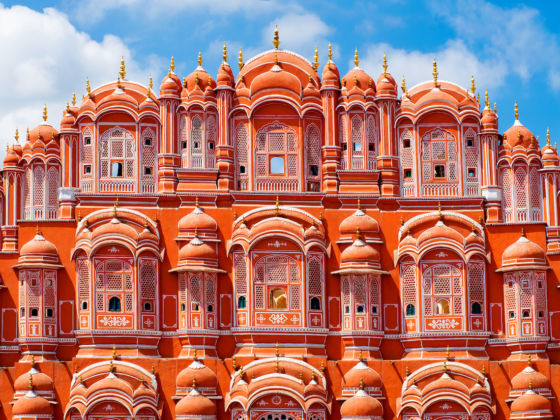
The 29 New UNESCO World Heritage Sites and Why You Should Visit Them
1. Bagan
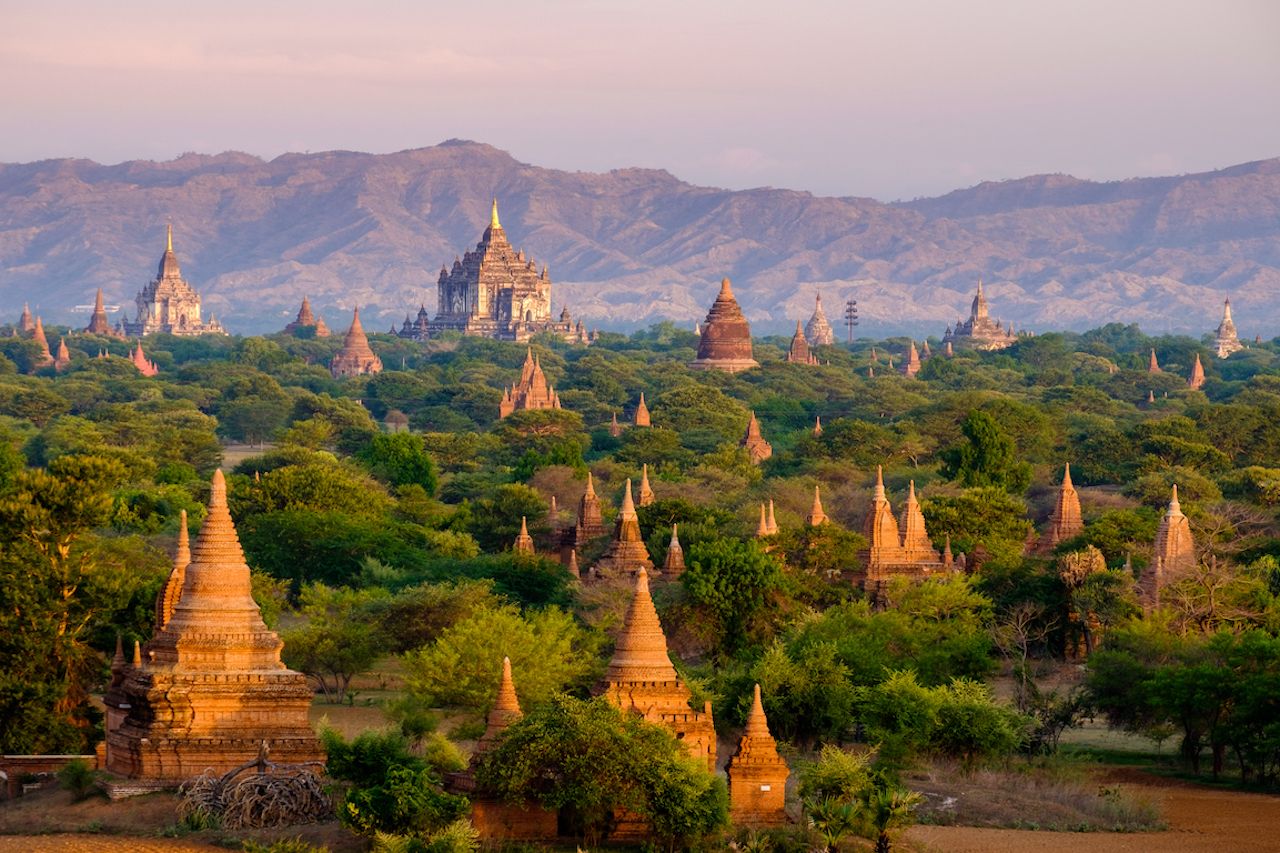
Photo: Martin M303/Shutterstock
Bagan is an archeological site in central Myanmar, located along a curve in the Ayeyarwady River. Between the ninth and 13th centuries, Bagan was the capital of the Pagan Kingdom, which was the first kingdom that unified the regions that now form present-day Myanmar. As a World Heritage site, Bagan contains an impressive assortment of Buddhist art and architecture. Within the city, there are numerous temples, stupas, monasteries, places of pilgrimage, archaeological remains, frescoes, and sculptures. Bagan’s collection of monumental architecture reflects the influence and power of religion within an early Buddhist empire.
2. Ancient Ferrous Metallurgy Sites of Burkina Faso
This World Heritage site located in Burkina Faso is composed of five properties that are scattered throughout different provinces of the country. At these sites, visitors can view about 15 standing furnaces, as well as miscellaneous mines and ruins. If you visit, be sure to check out Douroula, Burkina Faso’s oldest metallurgy settlement from the eighth century BC. The metallurgy sites of Burkina Faso are important because they provide a record of West African society before the colonial invasion.
3. Churches of the Pskov School of Architecture
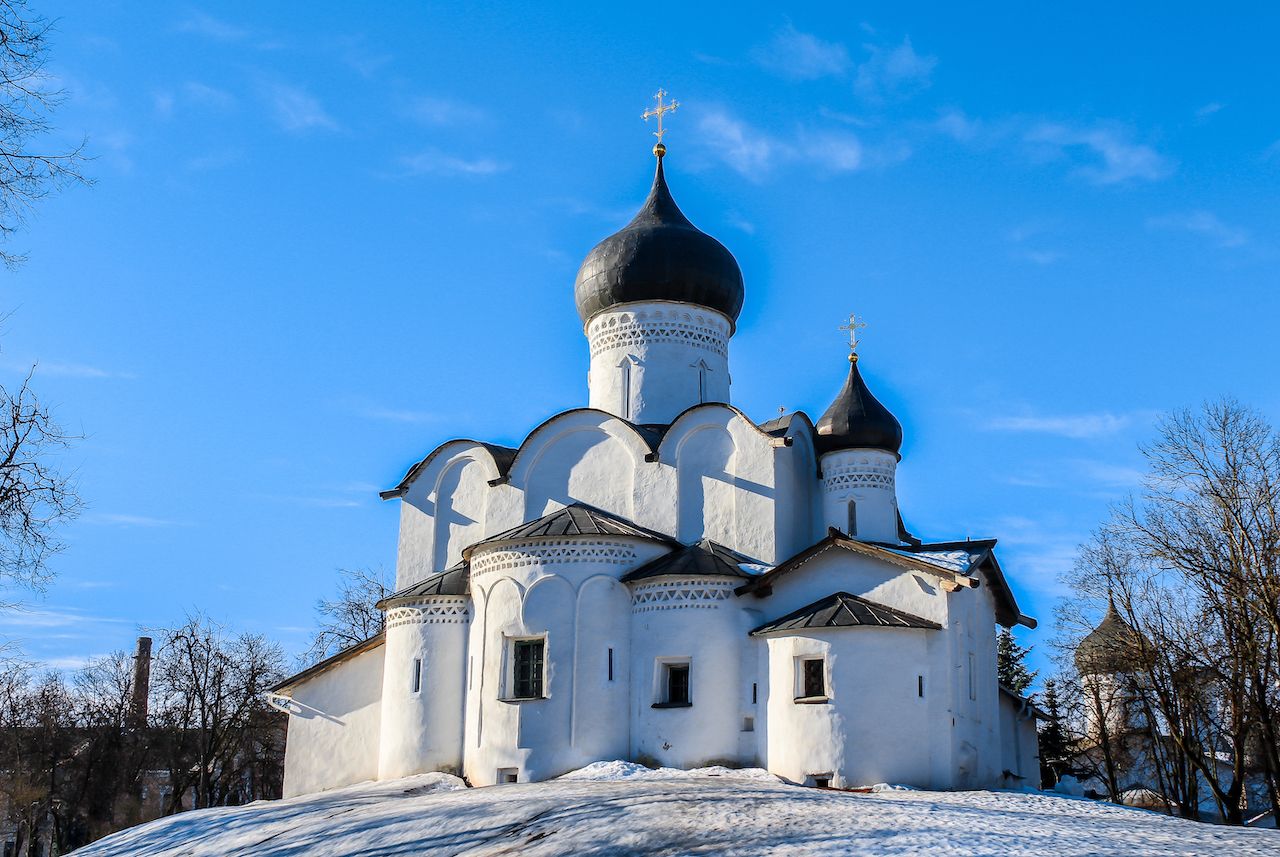
Photo: Zabotnova Inna/Shutterstock
The Churches of the Pskov School of Architecture are located in Pskov, a city that sits on the banks of the Velikaya River in northwest Russia. This World Heritage site is a series of religious monuments, churches, and cathedrals that are all productions of the Pskov School of Architecture, which thrived between the 12th and 17th century. The Pskov School is one of the most influential Russian Schools of architecture, known for its Byzantine elements, use of local construction materials, and minimalist attitude towards decoration.
4. Babylon
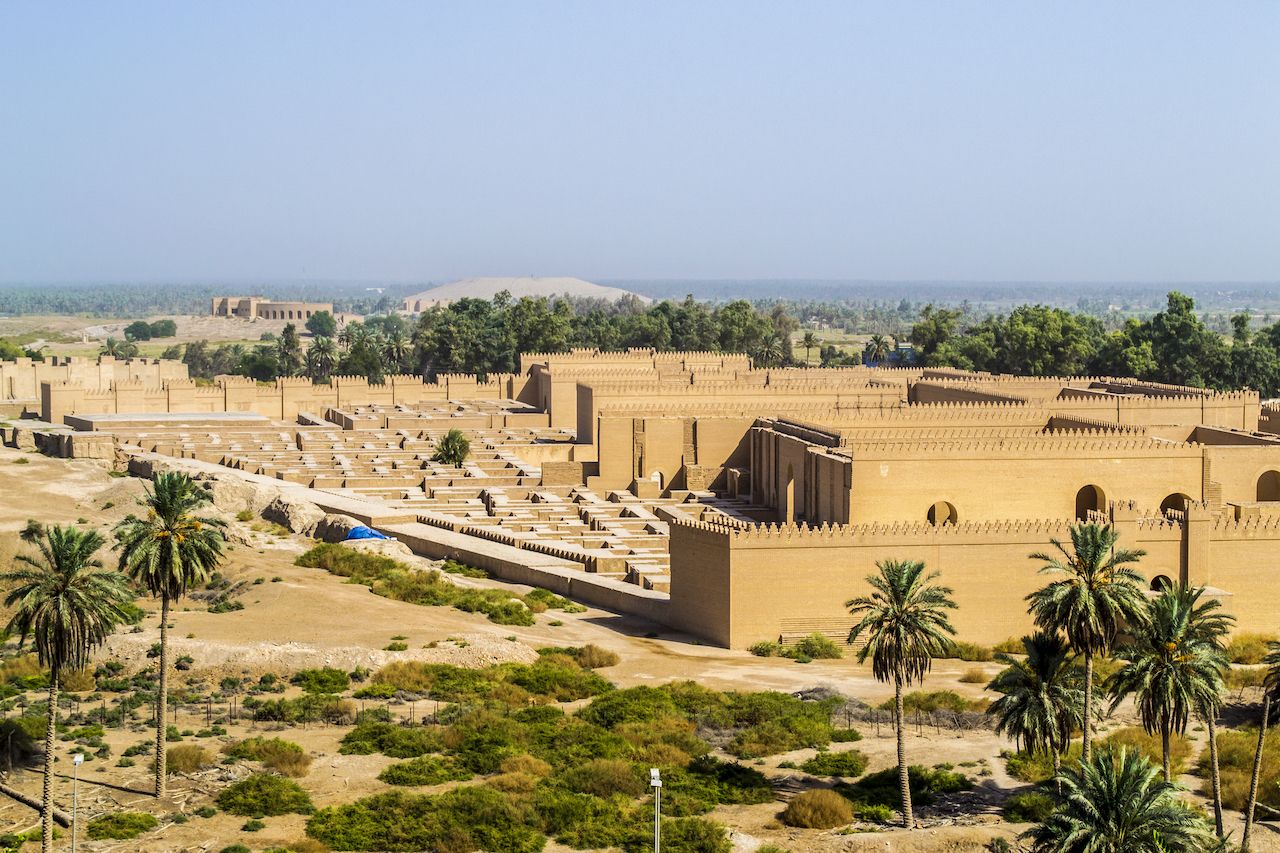
Photo: Qayssar Hussein/Shutterstock
Babylon is located in Iraq, about 60 miles south of Baghdad, the nation’s capital. Nearly everyone is familiar with the ancient city through religious writings, such as the Hebrew Bible (Christian Old Testament) and the Quran. This World Heritage site specifically includes villages and agricultural areas surrounding the ancient city, city walls, gates, ruins, palaces, and temples.
Babylon’s significance is self evident as it was the nucleus of one of the most influential empires of the ancient world. It is an exemplary testimonial to the height of neo-Babylonian culture: The city showcases the civilization’s creativity through its architecture, unique urban planning, and artistic details.
5. Budj Bim Cultural Landscape
The Budj Bim Cultural Landscape is in southeast Australia, within the land of the Gunditjmara Aboriginal people. If you visit Budj Bim, you can see the extensive aquaculture system that was used by the Gunditjmara people for nearly six thousand years. The network of channels, weirs, and dams was fashioned by the now-extinct Budj Bim lava flows and was initially manipulated by the Gunditjmara to catch kooyang (eel). This highly productive aquaculture system served as an economic and social center for the Gunditjmara culture, and it has contributed to the narrative of the Gunditjmara lineage — the Budj Bim cultural landscape is intrinsic to the group’s identity today.
6. Erzgebirge/Krušnohoří Mining Region
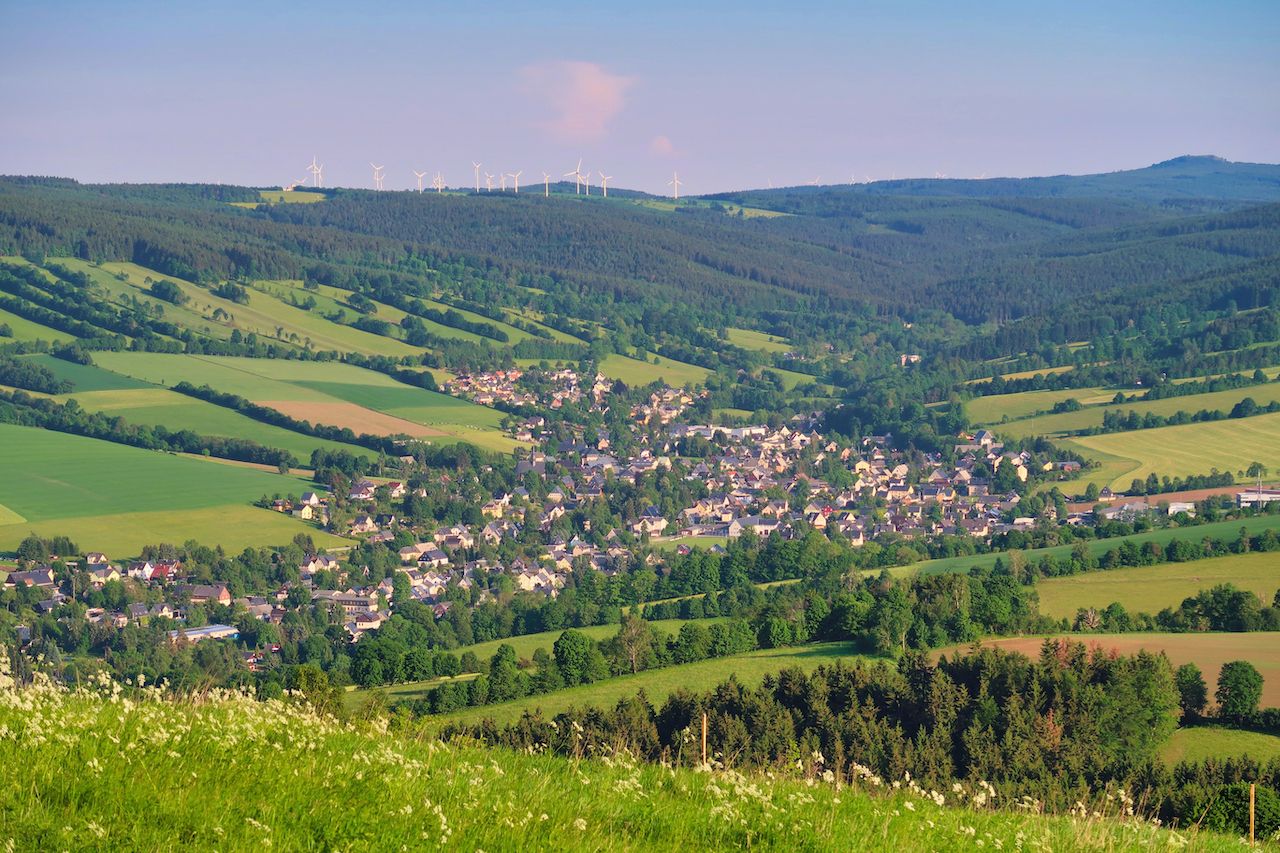
Photo: Joachim B/Shutterstock
The Erzgebirge/Krušnohoří (Ore Mountains) region sprawls across southeast Germany (Saxony) and northwest Czech Republic (Bohemia). This World Heritage site is notable because it has served as a distinctive mining site since the Middle Ages. Between 1460 and 1560, this region was the central source of silver ore for all of Europe. Later on, this mining practice expanded to include tin. By the end of the 1800s, the region had developed into a prime global supplier of uranium. The Erzgebirge/Krušnohoří region served as a nexus of technological and cultural advancement for nearly 800 years through the singular medium of metal.
7. Dilmun Burial Mounds
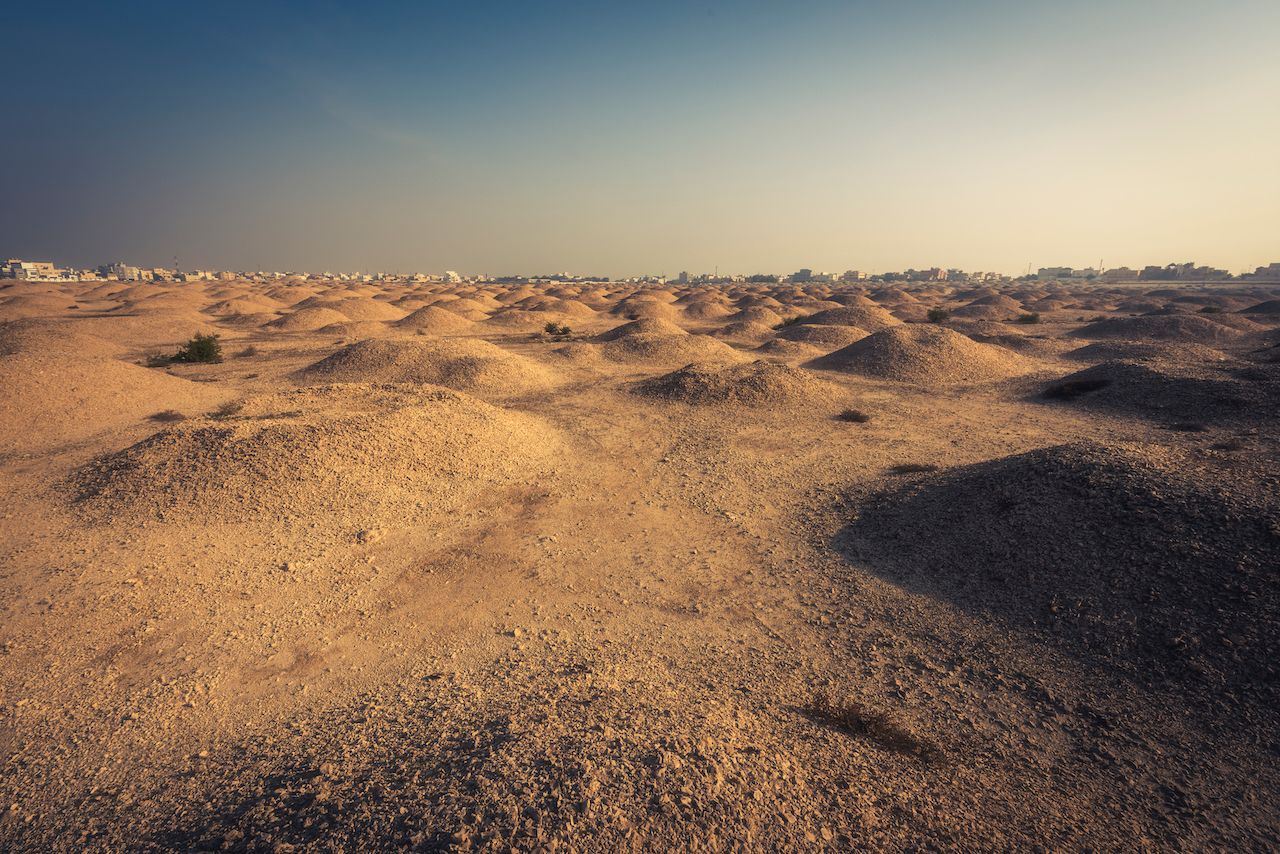
Photo: DEEPAK SUDHAKARAN/Shutterstock
The Dilmun Burial Mounds, built between 2050 and 1750 BC, are found in Bahrain, an island country in the Persian Gulf. There are about 11,774 burial mounds in total, which were originally modeled as low, cylindrical towers. The burial mounds are significant because they provide evidence of the Early Dilmun civilization, and they capture the time in which Bahrain was a trade hub for the countries encircling the Persian Gulf. In fact, it is the thriving economy of Dilmun that allowed the citizens to develop this elaborate burial tradition. The Dilmun Burial Mounds were democratically applied to the entire Dilmun population, and they are physically unique in their scale, arrangement, and decoration.
8. Historic Centre of Sheki

Photo: Ana Flasker/Shutterstock
The historic center of Sheki in Azerbaijan is characterized by a cluster of houses with high gabled roofs. The city’s architecture was influenced by Safavid, Qajar, and Russian styles, due to Sheki’s location along historic trade routes connecting the Middle and Far East. The historic center of Sheki is best known for the Khan Palace, which contains many ornate stained-glass and mosaic displays, as well as paintings. Additionally, Sheki is home to an assortment of wealthy merchant houses, reflecting the silkworm economic boom of the late 1700s-1800s.
9. Jaipur City
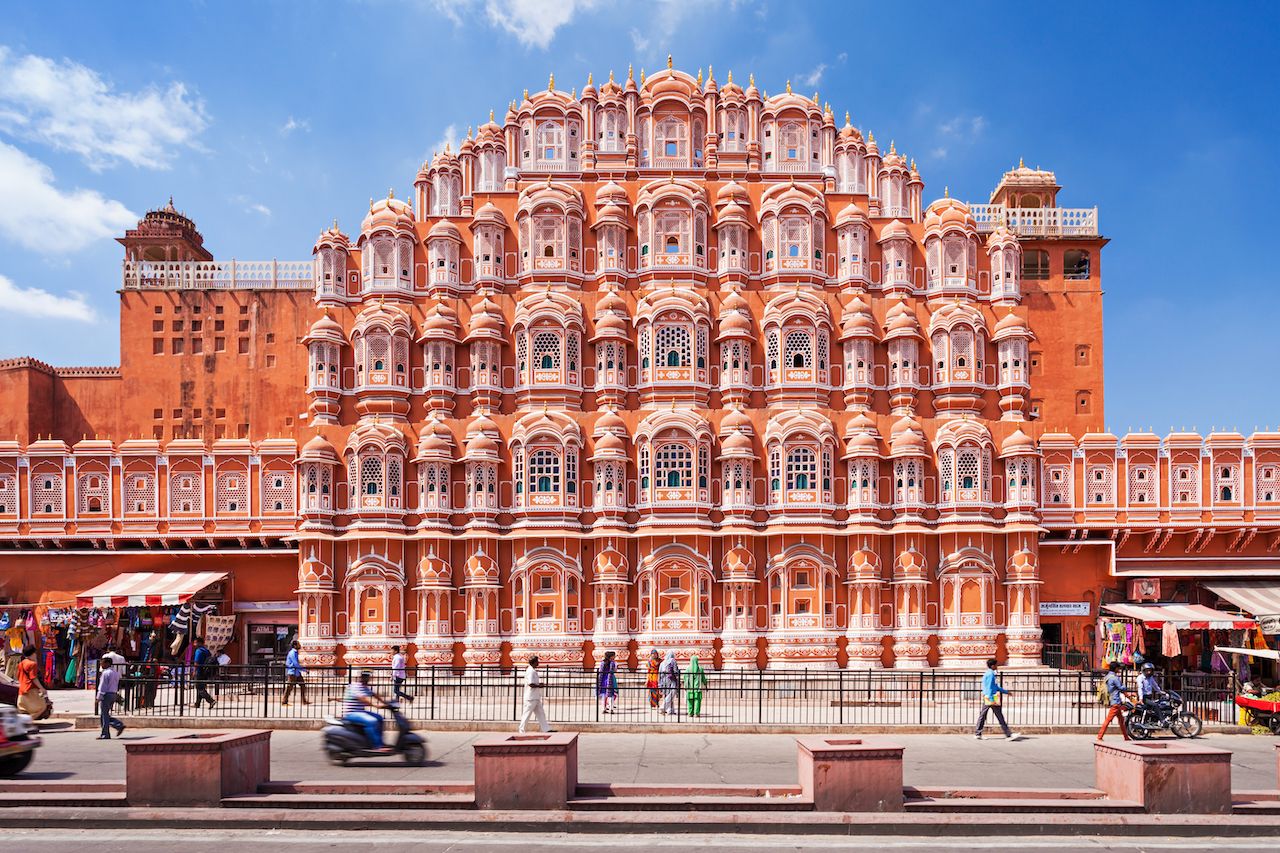
Photo: saiko3p/Shutterstock
The fortified city of Jaipur, located in Rajasthan, a northwestern Indian state, is unique because its urban planning reflects a blend of Western and Eastern philosophies. It is designed in a grid pattern (a Western tradition), yet populated by buildings that reflect Vedic architecture (an ancient Indian design philosophy characterized by cosmically influenced proportions and natural materials). Jaipur is also noted for its cohesive pink color scheme, which has afforded it the nickname “The Pink City.” If you visit Jaipur, be sure to check out the Hawa Mayal, an awe-inspiring pink structure with ornately patterned facades.
10. Jodrell Bank Observatory

Photo: Garry Basnett/Shutterstock
The Jodrell Bank Observatory is a structure of quiet significance in the field of radio astronomy. This scientific building is to be found in rural northwest England, a location with no radio interference. Founded in 1945, the Jodrell Bank Observatory is responsible for major advancements in our understanding of meteors and the moon, the discovery of quasars, quantum optics, and the tracking of spacecraft. The Jodrell Bank Observatory contains an exceptional range of technologies wherein visitors can physically observe the shift from traditional optical astronomy to radio astronomy (1940s-1960s). These scientific advancements are largely responsible for our understanding of the universe today.
11. Krzemionki Prehistoric Striped Flint Mining Region
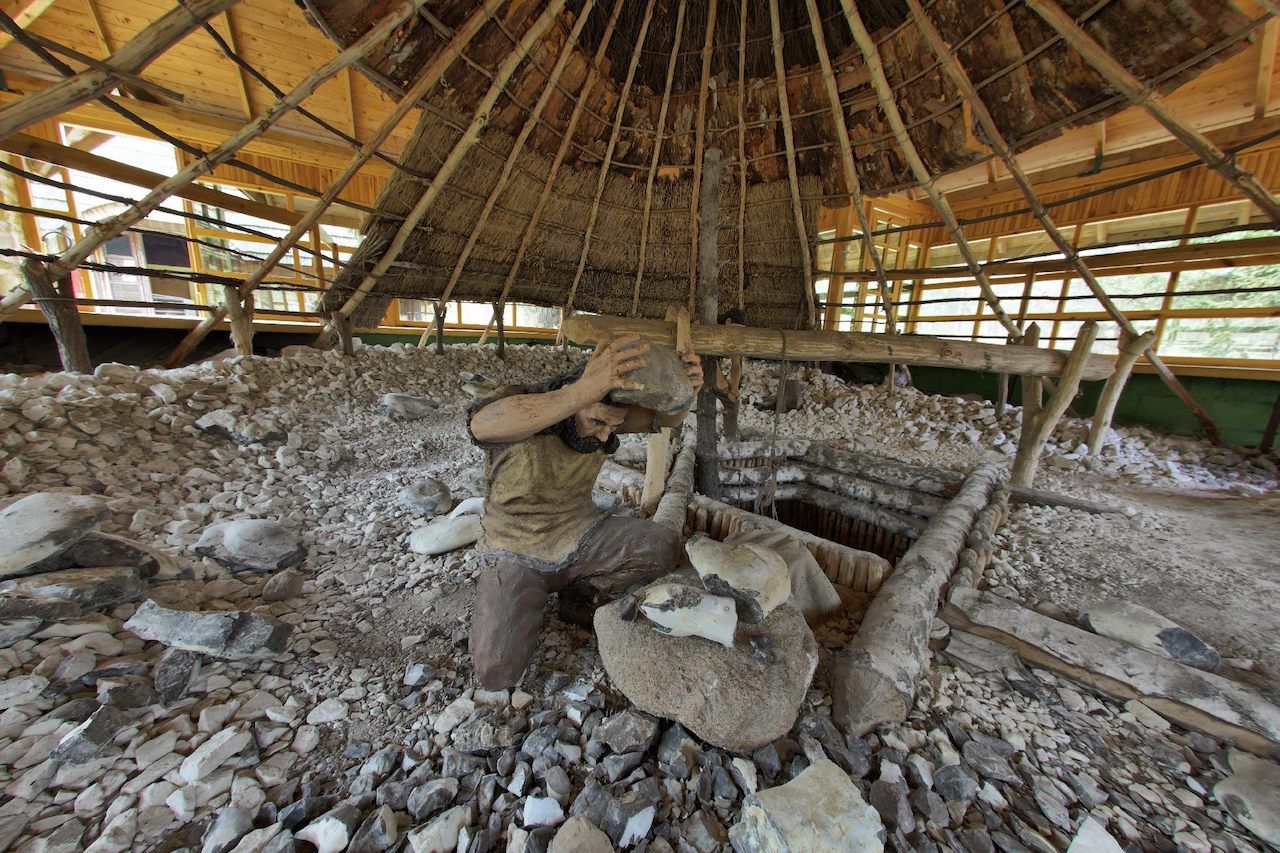
Photo: Krzemionki/Facebook
Krzemionki contains a collection of mining sites within the mountain region of Świętokrzyskie, Poland. However, unlike the Erzgebirge/Krušnohoří Mining Region, the Krzemionki sites date back to the Neolithic and Bronze Ages (3900-1600 BC). Krzemionki is one of the world’s most elaborate prehistoric flint mining systems, with its underground mining structures, flint workshops, and about 4,000 shafts and pits. The prehistoric inhabitants of Krzemionki extracted and processed striped flint, which they then fashioned into axes for hunting, fighting, and lumber work. This World Heritage site is worth visiting if you want to learn more about life in prehistoric settlements and the importance of flint mining for tool production in the story of human evolution.
12. The Ceremonial Carriage Horse Breeding Grounds at Kladruby nad Labem

Photo: Národní Hřebčín Kladruby/Facebook
The Ceremonial Carriage Horse Breeding Grounds at Kladruby nad Labem in Czech Republic’s Elbe plain is an unusual UNESCO addition that is testament to the influence of the Austro-Hungarian Empire (specifically the Habsburgs). The Habsburg imperial court relied upon well-trained kladruber horses to pull carriages in both royal and military ceremonies. The grounds at Kladruby nad Labem have been in operation since 1579, and they still function today as one of Europe’s most prominent horse-breeding institutions. If you visit the property, you can tour fields, fenced pastures, sandy soils, a manicured forest, and buildings, all designed for the purpose of breeding and training kladruber horses.
13. The Prosecco Hills of Conegliano and Valdobbiadene

Photo: Pavel Rezac/Shutterstock
Located in the northeastern Italian province of Treviso, this property reflects the aesthetics and history of Prosecco wine production. The terrain is dominated by textured hills, ciglioni (clusters of grapevines on narrow terraces), forests, rustic villages, and farmland. Ciglioni have been used in the region since the 1600s, and they impose a manmade grid upon the landscape, with rows of vines running both parallel and perpendicular throughout the hills. In the 1800s, the Italians developed the bellussera technique of “training the vines,” which further adds to the collaboration of man and nature that is so unique to this space.
14. Megalithic Jar Sites in Xieng Khuang
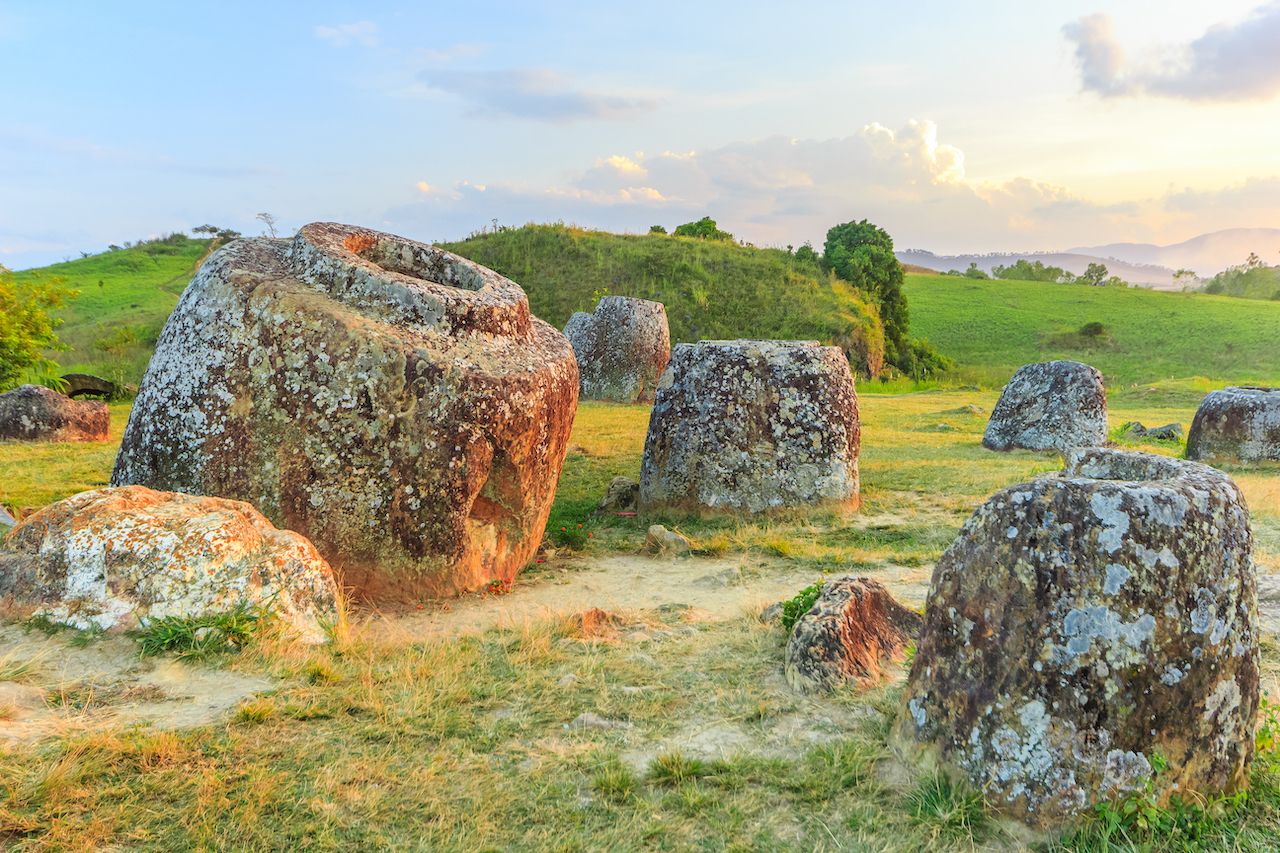
Photo: Avigator Fortuner/Shutterstock
Also called the Plain of Jars, this new UNESCO heritage site is located on a plateau in central Laos. The Plain of Jars contains more than 2,100 tube-like stone jars used for funerary practices in the Iron Age (500 BC-500 AD). The jars and related objects (including tombstones, quarries, and funerary artifacts) at this site are the only means archeologists and anthropologists have to study the Iron Age civilization, which disappeared around 500 CE.
15. Mozu-Furuichi Kofun Group
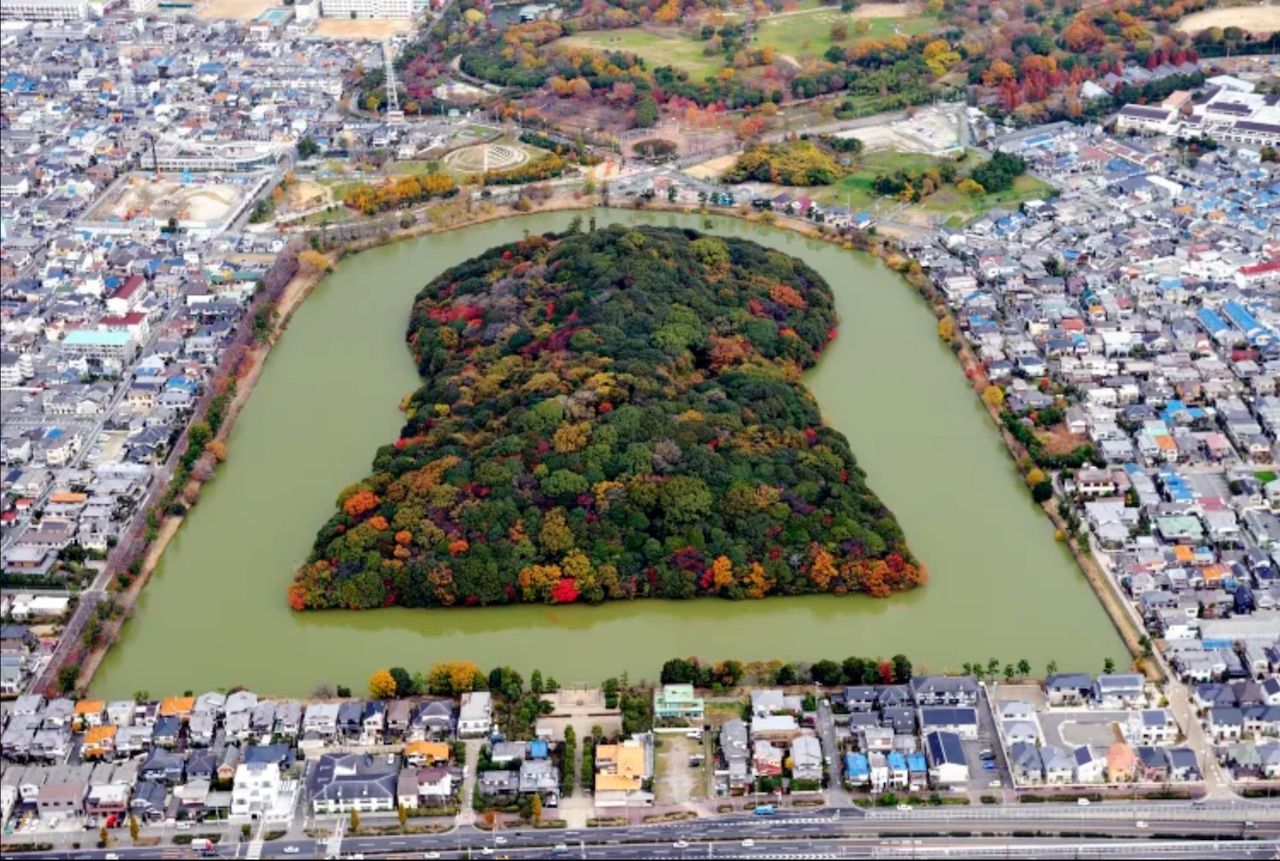
Photo: JNTO
This site consists of 49 kofun (“old mounds” in Japanese) located on a plateau above Japan’s Osaka Plain. The kofun are ancient burial mounds sculpted into elaborate shapes, such as keyholes or scallops, between 200 and 500 AD for members of the Kofun Period’s elite. During that time, members of the upper-class would be buried with a range of funerary objects, including weapons and armor. Additionally, the kofun were decorated with haniwa, or clay figures. There are nearly 160,000 kofun in Japan, but the Mozu-Furuichi group was selected by UNESCO because it contains an especially well-preserved level of artistic vision and execution.
16. Ombilin Coal Mining Heritage of Sawahlunto
The Ombilin mines, located in the Sumatra region of Indonesia, were originally built by the Netherlands’ colonial government in the late 1800s/early 1900s to extract, process, and move high-quality coal through an otherwise inaccessible terrain. The coal mining laborers were forced into labor by the Dutch from the local Indonesian population, with some add-ons from nearby penitentiaries. If you visit the Ombilin mines of Sawahlunto, you will witness a preserved fragment of colonization, as well as an innovative system devised for the removal and transport of coal. The property includes the mining sites, company town, coal storage facilities in nearby Emmahaven, and railroads used to transport coal to the coast.
17. Risco Caido and the Sacred Mountains of Gran Canaria

Photo: Oleg Znamenskiy/Shutterstock
The Sacred Mountains are an otherworldly landscape on the Spanish island of Gran Canaria. This site includes cliffs, ravines, and volcanic formations that twist into surprising forms. Aside from the naturally occurring phenomenon, this property contains a large number of settlements (habitats, cisterns, etc.) that testify to the existence of a pre-Hispanic culture on the island. The prehistoric structures also indicate an ancient, collective religion: There are two sacred temples, named Risco Caído and Roque Bentayga. Archeologists believe that seasonal ceremonies occurred within these temples, potentially in accordance with an astrological cult.
18. The Royal Building of Mafra
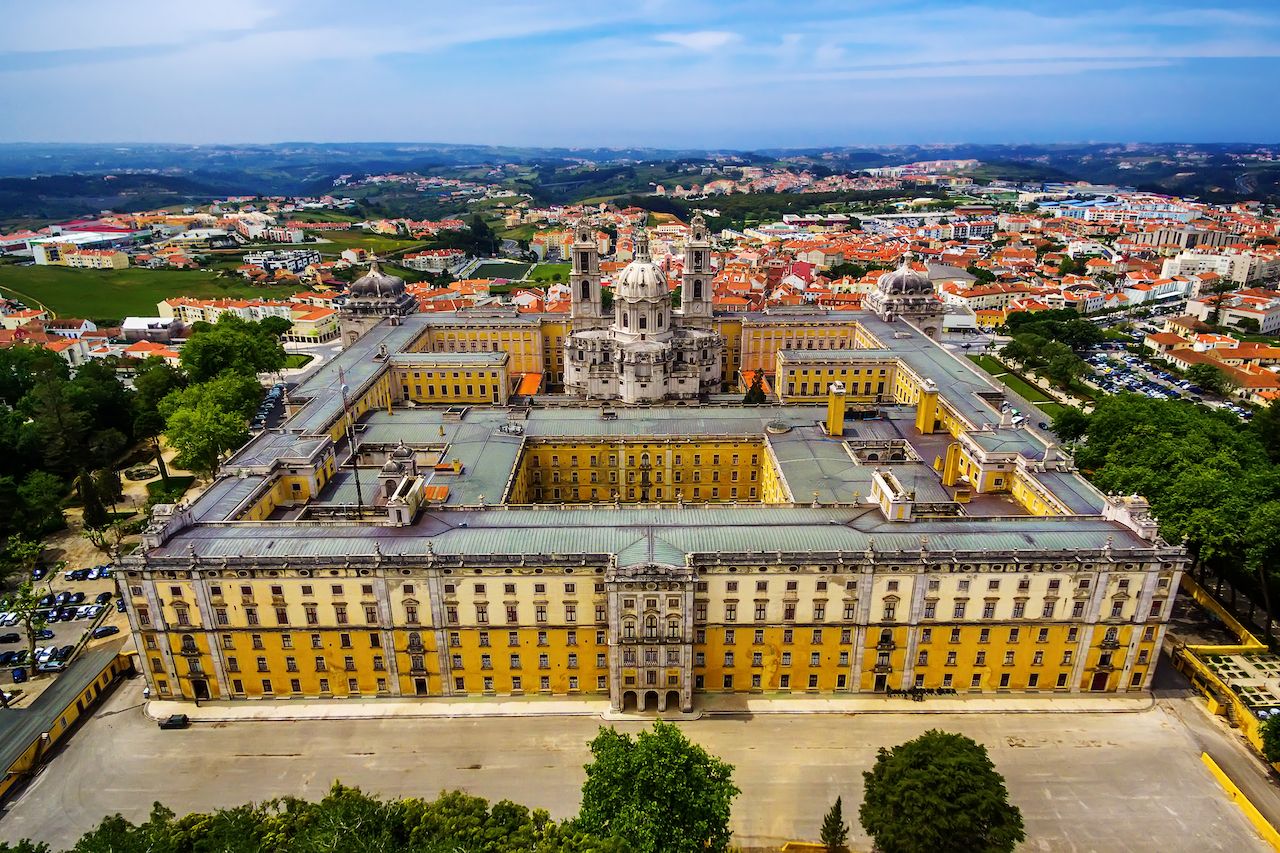
Photo: krivinis/Shutterstock
This imposing complex is found 20 miles northwest of Lisbon, Portugal. The Royal Building of Mafra — which includes a palace, basilica, convent, garden and hunting park — was built by King João V in 1711 to celebrate his power, as he was the first ruler to disregard Portuguese traditions and declare himself an absolute monarch. The Royal Mafra Building contains some incredible works of Italian Baroque art, commissioned by João V as he spared no expense in the outfitting of his palace.
19. Sanctuary of Bom Jesus do Monte in Braga

Photo: Rolf E. Staerk/Shutterstock
Another site in Portugal, the Sanctuary of Bom Jesus do Monte can be accessed by climbing the slopes of Mount Espinho (just outside of Braga). In the mid-1500s, the Catholic Church decided to commission various Sacre Monti, or “Sacred Mountains,” pilgrimage sites throughout Western Europe. These sites were meant to counteract the Protestant movement and reinforce the devotion of Catholics through spectacular, immersive artwork. Each Sacre Monti installation involved a physical ascent, in which pilgrims would navigate through a succession of biblical scenes that evoked the death and resurrection of Jesus.
The Bom Jesus ensemble is centered on a path, Via Crucis, that leads up the western slope of the mount. It includes a succession of chapels that house sculptures evoking the crucifixion, as well as fountains, sculptures, and gardens. The main attraction is a monumental Baroque stairway that climbs nearly 400 feet to the summit of the mountain, culminating in the spectacular Church of Bom Jesus do Monte.
20. Seowon in Korea
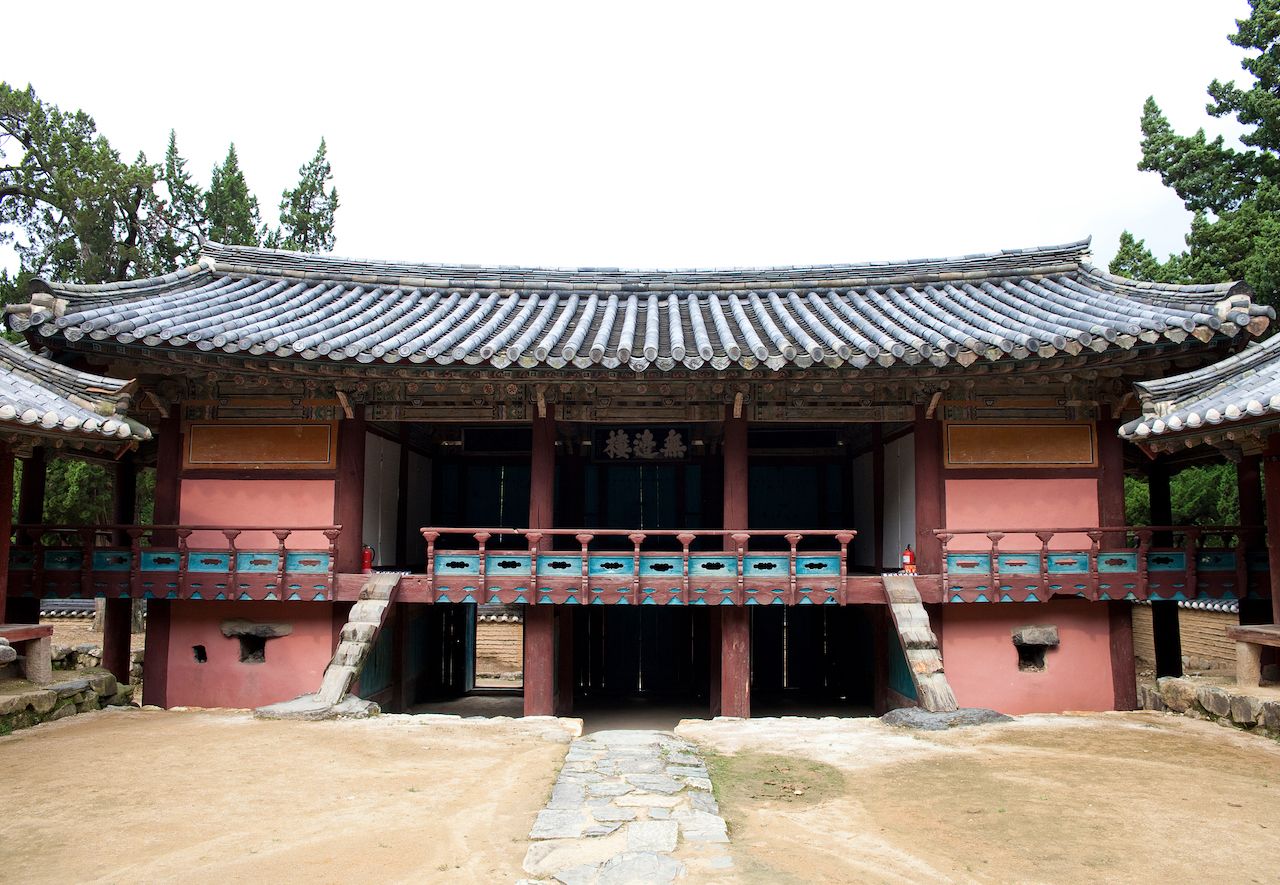
Photo: photo_jeongh/Shutterstock
In Korea, a seowon is a Neo-Confucian academy. They originated in the Joseon Dynasty, which ruled from 1400 to 1800 AD. This specific World Heritage site contains nine seowon that are scattered throughout central and southern parts of Korea. The seowon were specifically designed to foster the students’ learning, honoring of scholars, and interaction with the natural world. Seowon are typically located near mountains and water sources, therefore promoting meditative practices and the appreciation of nature. These open structures depict how the Chinese influence of Neo-Confucianism was modified to fit the local Korean culture.
21. The 20th-Century Architecture of Frank Lloyd Wright

Photo: Sean Pavone/Shutterstock
This property includes eight of famous American architect Frank Lloyd Wright’s buildings in the United States. Wright’s most famous works are on the list: Fallingwater (Pennsylvania), the Herbert and Katherine Jacobs House (Wisconsin), and the Guggenheim Museum (New York). Fallingwater is a particularly fabulous piece of architecture as it is literally built atop a waterfall. Wright designed the home so that inhabitants could hear but not see the waterfall from any point in the structure, claiming that a repetitive view of something so splendid would render it common. Wright’s architecture features a unique balance of geometry, minimalism, sophistication, and restraint.
22. Water Management System of Augsburg
Augsburg’s water management system, located in the Bavaria region of Germany, made the 2019 list of newly inscribed properties because it showcases a unique evolution of technologies that range from the 1300s to the present day. The system contains a network of canals, medieval water towers, pumps, valves, a water-cooled hall, and a still-functional system of three fountains and hydroelectric power stations. The world regards Augsburg as a pioneer in hydraulic engineering due to the intricacies and innovative systems within the city’s water management network.
23. Áísínai’pi
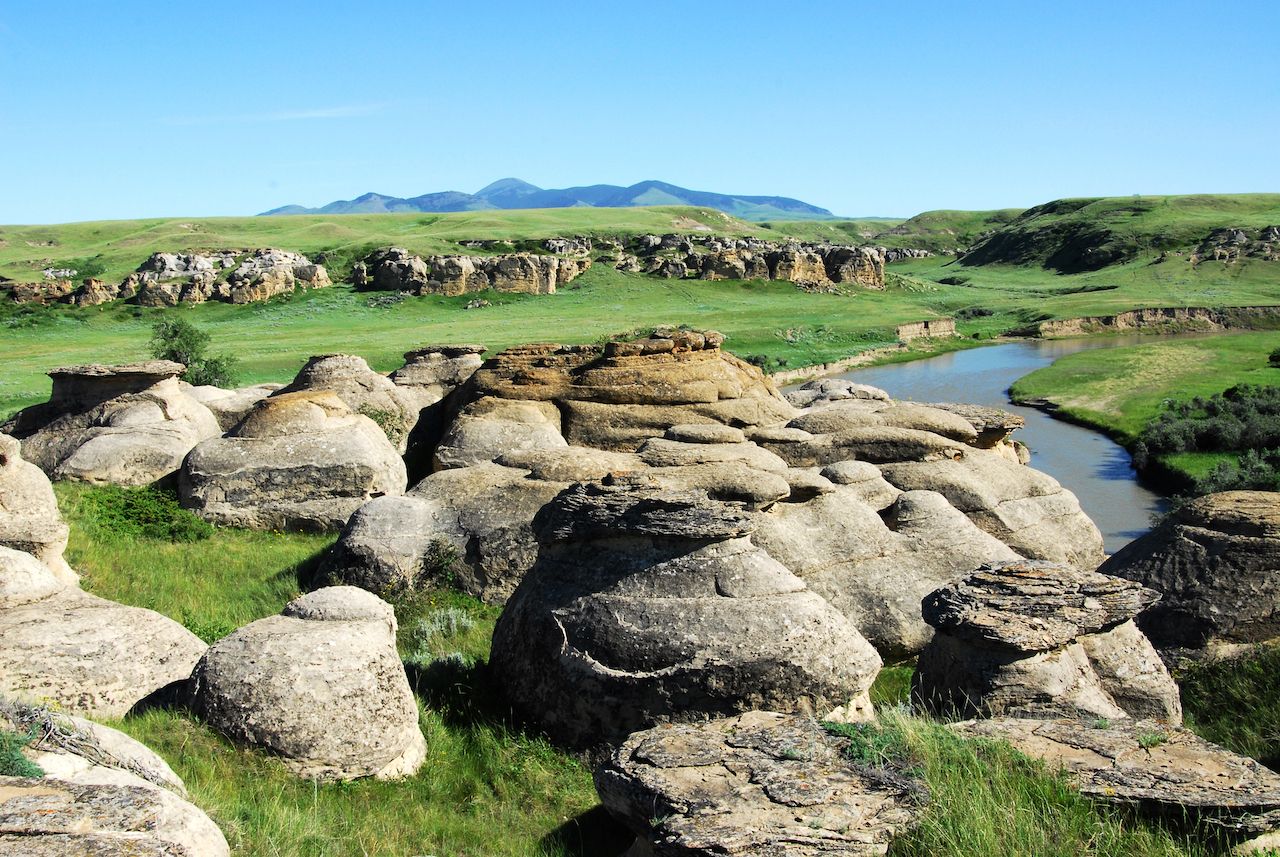
Photo: 2009fotofriends/Shutterstock
This park and its collection of hoodoos (pillars of rock intricately sculpted by erosion) is located in the province of Alberta on the border between Canada and the United States. The name of this World Heritage Site, Áísínai’pi, is a Blackfoot word that literally translates to “writing on stone.” The Blackfoots (Siksikáíítsitapi) etched and painted on the sandstone walls of the park as a means of recording messages from sacred beings. Today, the Áísínai’pi contains over 1,000 works of art. Some of these marks date between 4500 and 3500 BC. If you visit the Áísínai’pi, be aware that the land is sacred to the Blackfoot people, who continue to hold ceremonies at the location.
24. French Austral Lands and Seas

Photo: Etienne Pauthenet/Shutterstock
The French Austral Lands and Seas includes the Crozet Islands, Kerguelen Islands, the Saint-Paul and Amsterdam Islands, as well as dozens of sub-Arctic island, which are the largest islands in the southern Indian Ocean. This vast sanctuary is home to one of the world’s densest populations of birds and marine mammals. The islands of the French Austral Lands and Seas are extremely remote and are therefore untouched ecosystems that document biological evolution.
25. Hyrcanian forests
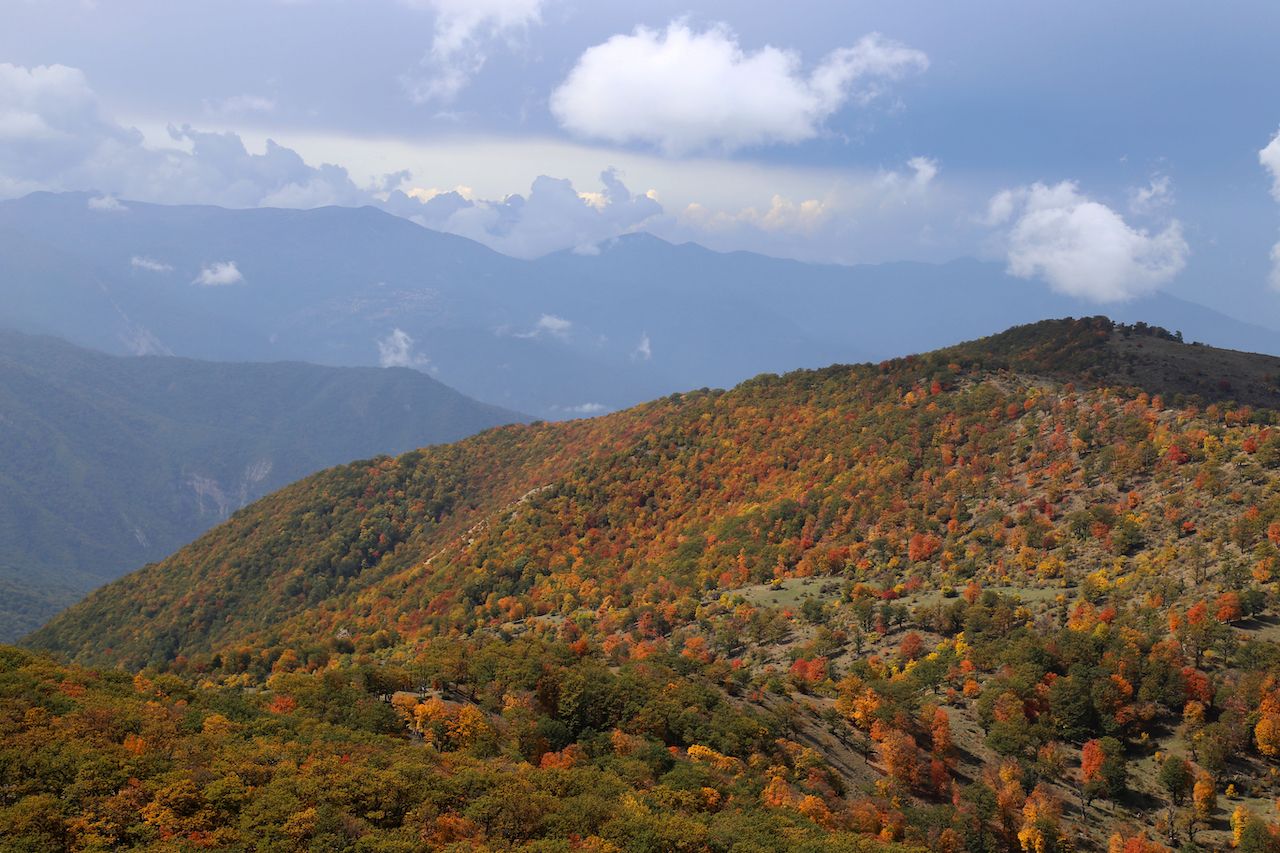
Photo: Ata Farzam/Shutterstock
The Hyrcanian forests found along the coast of the Caspian Sea in northern Iran date back over 25 million years. These forests contain a high range of biodiversity, with 180 recorded species of birds and 58 recorded mammal, such as Persian leopards, steppe eagles, and endangered wild goats.
26. Migratory Bird Sanctuaries along the Yellow Sea-Bohai Gulf of China

Photo: Butterfly Hunter/Shutterstock
This property is located in China, and it features the world’s largest intertidal mudflat system. Here, mudflats, marshes, and shoals are exceptionally fertile and serve as incubators for various species of fish and crustaceans. This property is unique because it is a gathering point for many bird species that use the East Asian-Australasian flyway. This is a migratory flight path used by nearly 55 bird species, connecting Russia, Alaska, East and Southeast Asia, and the Western Pacific (about 22 countries total). Some of the world’s most endangered species, including the spoon-billed sandpiper and the red-crowned crane, depend on this exact coastline to molt, rest, eat, or nest while pursuing their migratory routes.
27. Vatnajökull National Park
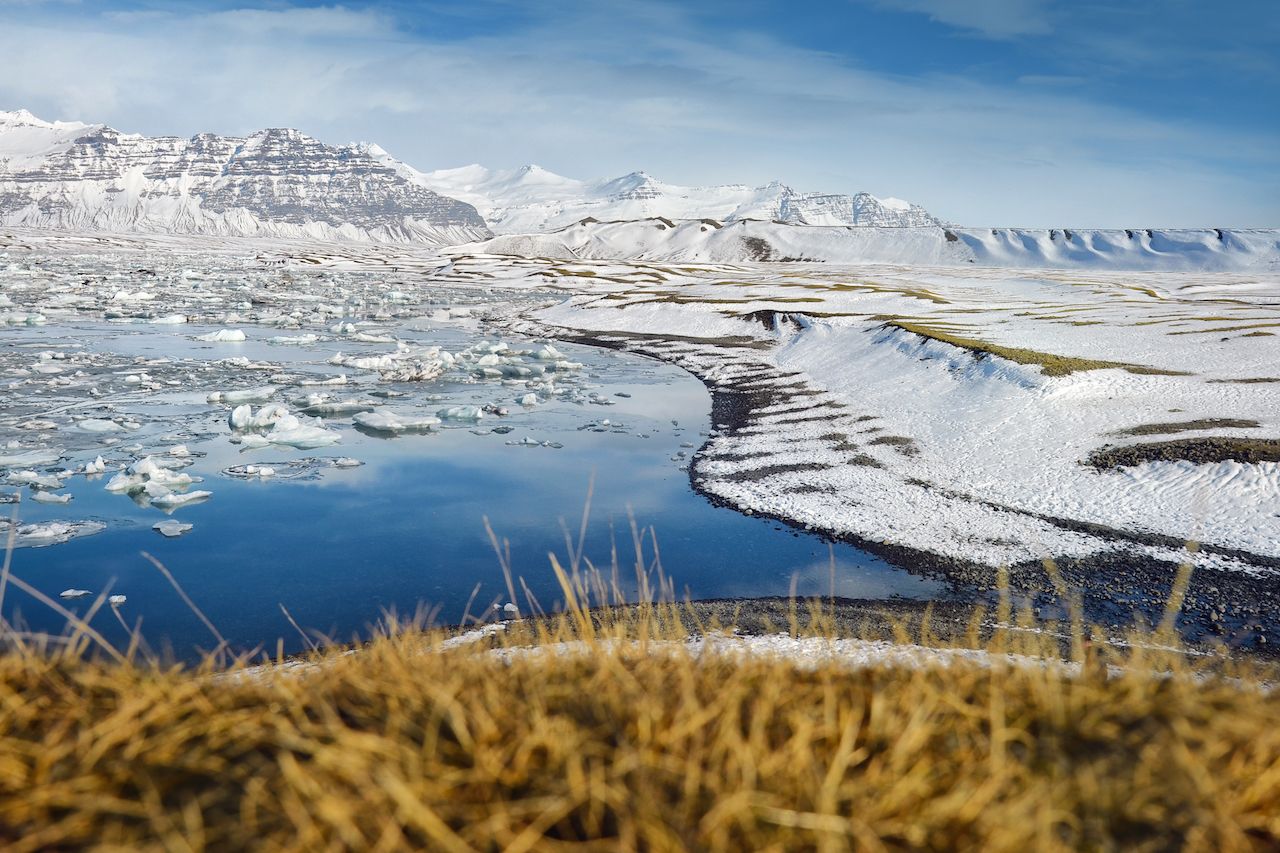
Photo: kovop58/Shutterstock
This site covers about 14 percent of the country of Iceland. This vast park system contains 10 volcanoes, eight of which are found beneath glaciers. The interplay between volcanoes (some of which are active) and glaciers results in numerous surprising, monumental forms.
28. Paraty and Ilha Grande

Photo: Catarina Belova/Shutterstock
This property is located in Brazil between the Serra da Bocaina mountain range and the Atlantic Ocean. The area was selected for its cultural merit because it contains Paraty, a well-preserved colonial town with many buildings from the 17th century. The natural features of this site include protected areas of the Brazilian Atlantic Forest, which is one of the world’s five biodiversity hotspots. Paraty is home to a diverse range of animals, including the jaguar and woolly spider monkey.
29. Archaeological Ruins of Liangzhu City
Located in the Yangtze River Basin on the southeastern coast of China, and dating between 3300 and 2300 BC, the ruins show a regional state united under the common goal of rice cultivation. The ruins of Liangzhu City are of major importance because they illustrate the contributions made by the Yangtze River Basin to the origins of Chinese civilization. Within the ruins, one can observe a remarkably organized society with urban planning, a structured economy, a water conservation system, earthen monuments, and a social hierarchy (expressed via differentiated burials within cemeteries).